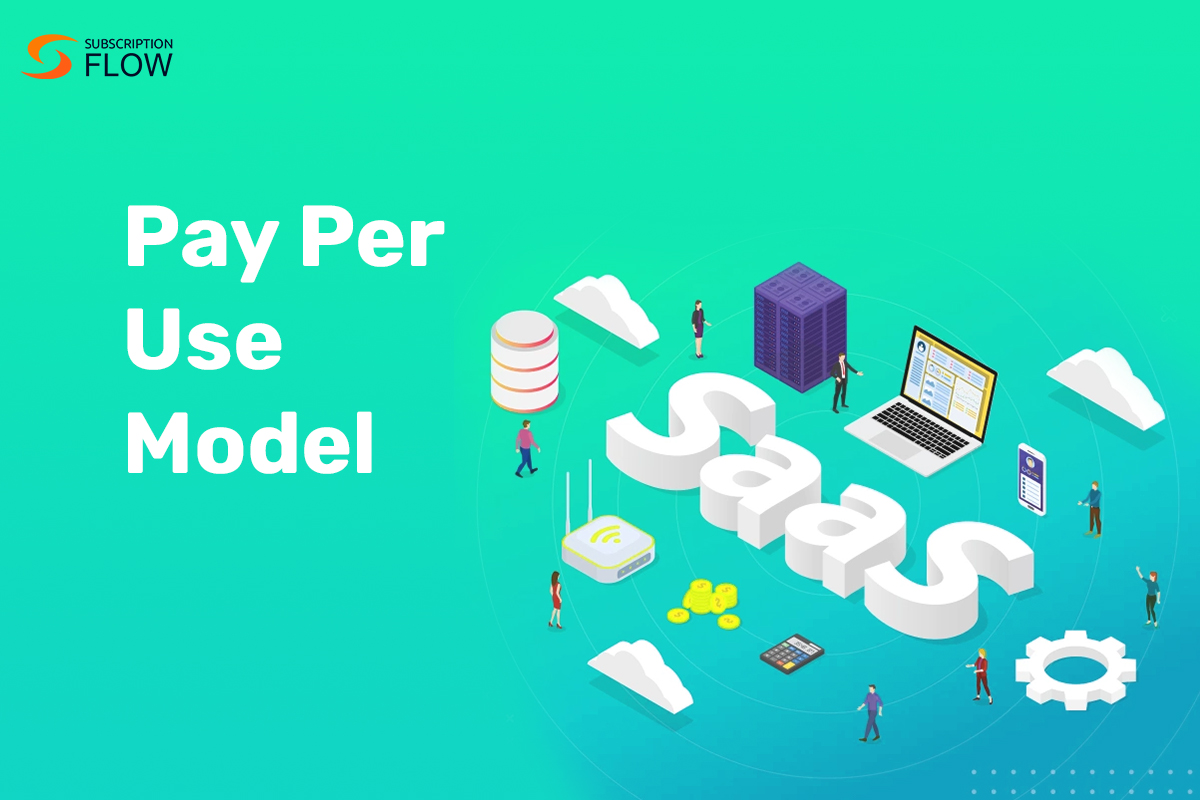
SaaS Pay-Per-Use: Tailoring Costs to Consumption for Business Success
A subscription management solution might be a lifesaver if your SaaS business is just getting started. Many SaaS businesses sometimes suffer from cash flow challenges until they return their original investment due to high up-front client acquisition expenditures. Adopting a subscription pricing plan over a one-time-sale pricing model will assist in guaranteeing that your SaaS company maximizes the lifetime value of each customer it acquires. Businesses may simply estimate growth with the knowledge that a committed client base is constantly paying for their software or digital product by establishing a recurring subscription payment model.
However, not all SaaS businesses thrive on the subscription-based model. Some perform better with a slightly different model in which, on top of charging their customers a basic subscription fee, the business also charges them for the quantity of the product or subscription that the customers are using. This is called the SaaS pay per use model.
In this blog, we will be going over the logsitical details of the pay per use SaaS model, its benefits, and use some pay-per-use SaaS examples, in order to help you decide if this sort of a paying system is the right fit for you.
Read more: Implement Pay-Per-Use Billing Model for SaaS Companies to Maximize Revenue
More on SaaS Pay Per Use
The pay-per-use SaaS model of business is based on a simple premise: you only pay for what you use. Pay-Per-Use, as opposed to typical subscription models in which you pay a predetermined amount regardless of how often you use the program, assures that your expenditures are directly related to your usage. Your bill represents your real activity, whether it is the number of users, the volume of data handled, or the services used.
This paying model provides businesses with exceptional flexibility, scalability, and cost-efficiency by matching expenses with real consumption. As digital transformation continues to impact various industries across the world, adopting this paradigm may help firms maximize their software investments while adjusting to ever-changing demands. Whether your business is a startup, a large corporation, or anything in between, the SaaS pay per use model provides a personalized approach to software consumption that may propel your organization ahead in the digital era.
Benefits of the SaaS Pay Per Use Billing Model With Examples
Cost Efficiency
It saves money by minimizing waste and ensuring proper resource allocation. There is no overpaying for underutilized capacity, which results in substantial cost savings. This prompts for a responsible usage of your product by the end consumer that, in the long run, ends up benefitting both you and the consumer.
The thing with consumption is that it should only be encouraged at a level that can be sustained. Having a high churn rate is one of the leading causes behind SaaS businesses’ downfall, and this churn rate can be managed by businesses not overselling their products to the consumer and, in fact, guiding the consumer into only using the product at a rate which they can sustain over a long time.
The best case for understanding this pattern in the pay per use SaaS model is that of utility bills. When people know that they are going to be charged a certain amount for using the product that they have signed up to use, they will become more responsible about its usage.
A subscription management platform like SubscriptionFlow can be of immense help here. By automating your workflows, SubscriptionFlow ensures that you are able to bill your customers as per their usage and not just a fixed amount.
Customization and Scalability
Second, customization is a significant benefit. Businesses may adjust software consumption to their specific needs using pay-per-use, offering a tailored experience. Another advantage is scalability. Whether your company sees rapid growth or seasonal swings, the pay-per-use approach adjusts up or down to meet your needs. It also ensures that your customers do not churn away from your service when suddenly the service starts booming.
Likewise, following this approach also ensures that your business is able to continually charge your customers as per how much growth it is showing; this means that neither you, the business owner, will feel cheated upon being not able to charge your customer too much, and nor will the customer feel wronged upon being forced to pay a high amount (if their bill ends up being higher than they expected).
Both these qualities can be found to be especially helpful in the verticals of newspapers where the circulation of the newspaper online can be tailored as per the usage of the readers. A lot of newspapers – starting from The New York Times in 2011 – started having an online paywall in which the readers, after an initial number of free articles, are charged per article. This prompts the readers to become more responsible in the articles that they read and also allow the newspapers themselves to tailor their paper to suit the customer’s consumption needs.
Read more: How to Evaluate If Pay per Use Billing Is Meant for Your SaaS Business
The bottom line
The SaaS pricing model you select has a huge impact on your business. While the subscription-based approach is more stable, the Pay-Per-Use model is more flexible. It improves cost efficiency, scalability, and user accountability by aligning fees with consumption. Customized experiences have benefitted industries such as newspapers.
Also, the concept necessitates precise use measurements and open communication. Subscription management tools such as SubscriptionFlow make the process easier. The Pay-Per-Use model responds to digital business developments, encouraging responsible consumption and increasing consumer value, whether a startup or an organization.
Book a demo with SubscriptionFlow to effectively implement your pay per use SaaS model!










